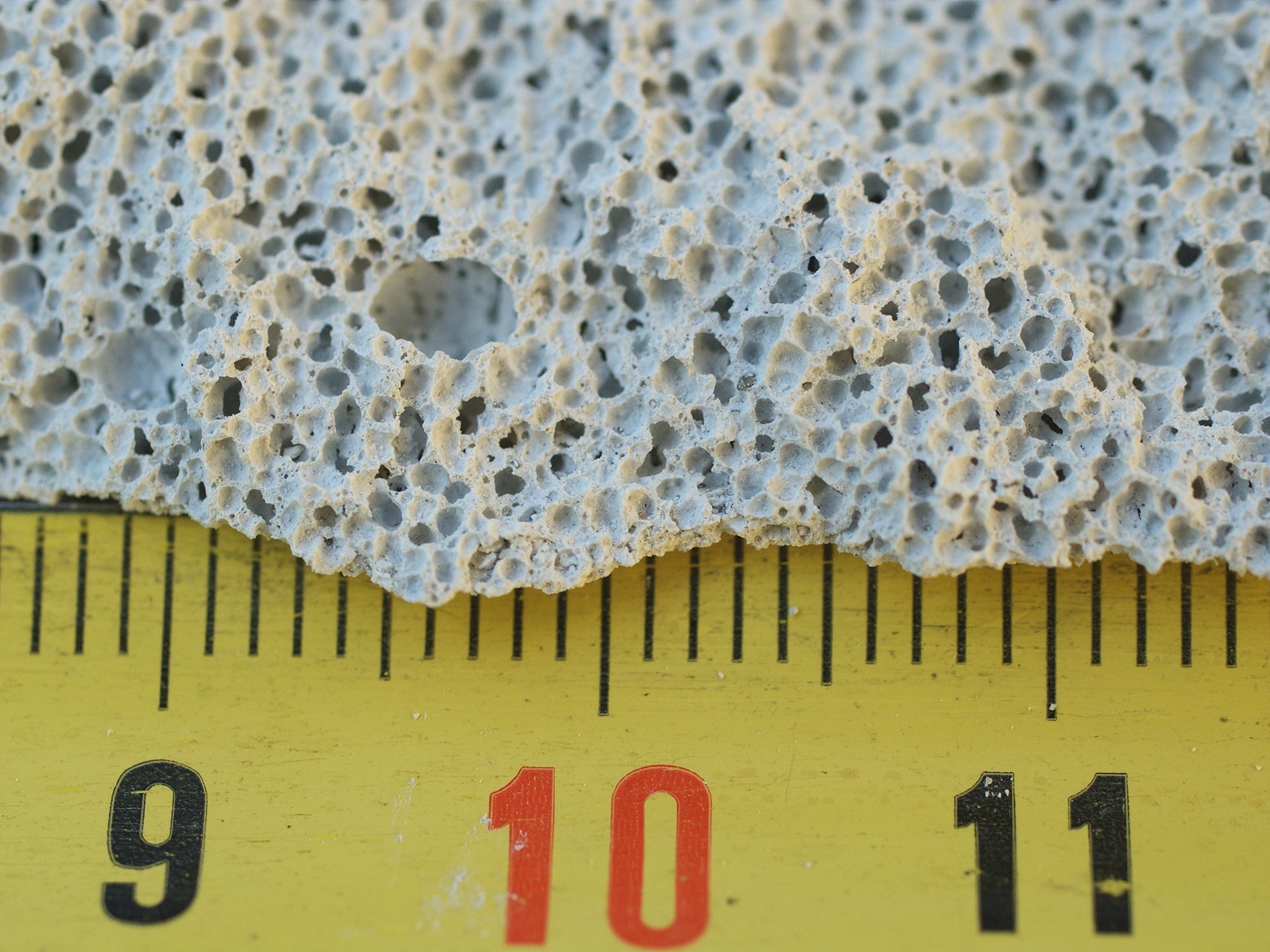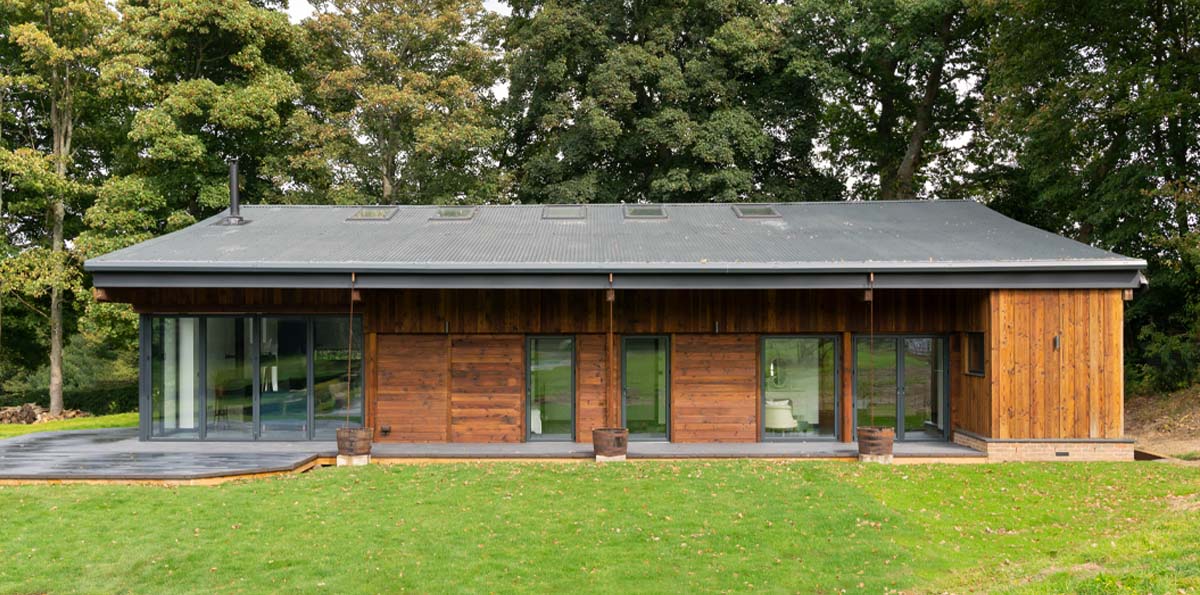Should I be worried about RAAC in my house?
Our guide to RAAC explains what you need to know about this potentially dangerous concrete
There was a panic in September when more than 100 schools failed to open to pupils for the new term because of safety worries related to a type of concrete used in their construction. The concrete concerned, Reinforced Autoclaved Aerated Concrete (RAAC), was widely used in construction between the mid-1950s and mid-1990s. Here’s what you need to know.
What is RAAC?
Autoclaved Aerated Concrete (AAC) is a lightweight, aggregate-free concrete made by mixing sand, gypsum, lime, cement, water and aluminium powder. The chemical reaction between these ingredients causes small bubbles to form, aerating the mixture, which is heated under pressure in a machine called an autoclave. Reinforced Autoclaved Aerated Concrete was made when this AAC was formed into panels or planks reinforced with steel. These planks were mainly used to form flat roofs but also some floors and walls.
What are the safety fears?
RAAC has proven to be less durable than other forms of concrete, though it can remain structurally sound longer than its originally advertised 30-year lifespan if it is well maintained. However, it can fail if it has suffered from water ingress, was installed incorrectly, has been exposed to extreme temperatures (perhaps as a result of being covered up) or wasn’t formed properly originally. This failure could be sudden and potentially very dangerous, particularly as RAAC was often used for roofs.
Where was it used?
RAAC was used in various buildings, primarily in the public sector, including schools, theatres, courts, sports halls and public toilets. Chris Goodier, Professor of Construction Engineering at Loughborough University, told The Guardian: ‘There will be RAAC in some universities, in cold-war era military buildings – including many old and possibly disused structures, for instance, on the remote Scottish coastline – and in local government, central government, police and ministry of justice buildings.
Add to this that RAAC wasn’t solely used in the public sector, then that there are many privately held buildings – for instance, the 1960s and 1970s-era, flat-roofed industrial structures that one sees in many business parks – that could possibly contain the material.”
It is not thought to have been used at all widely in residential buildings, except for the odd roof-top plant room and some wall panels. There have been suggestions it could have been used in a few council houses built between the 1950s and the 1980s. However, the social housing watchdog, the Regulator of Social Housing, has said that it doesn’t believe there is a widespread RAAC problem in social housing. So it is very unlikely your house contains RAAC.
How to tell if your building contains RAAC?
These are the first steps you can take to discover whether there is RAAC in a building:
- think about when your building was built: RAAC was only widely used between the mid 1950s and mid 1990s,
- talk to your local council to see if they are aware of RAAC in any similar buildings locally,
- look at any construction records to see if they mention RAAC. Note though that even if it isn’t mentioned, that doesn’t necessarily mean it isn’t there. There are some other names, however, that RAAC was known as: Siporex, Durox and Ytong, for example.
This video shows what degraded RAAC looks like.
Remember it may be hidden behind a suspended ceiling.
Consult an expert
If you do have reason to believe a building might contain RAAC, you should consult a surveyor or structural engineer. Do ask if they have experience in identifying RAAC.
Beware of unqualified scammers who are currently taking advantage of fears around RAAC by offering to perform unnecessary surveys on homes that are not remotely likely to contain it.
More information about RAAC can be found in the Department for Education’s Reinforced autoclaved aerated concrete: identification guidance and the Institution of Structural Engineers’ detailed booklet on the subject.









